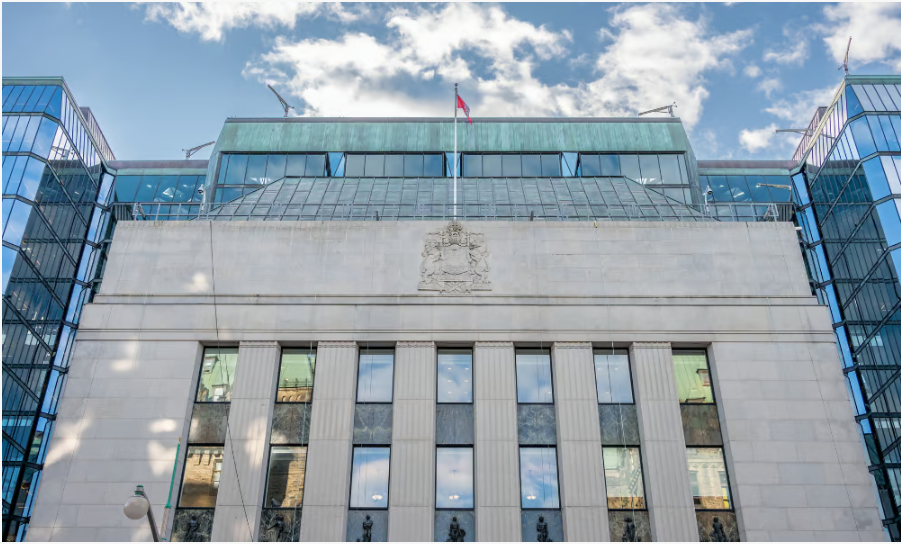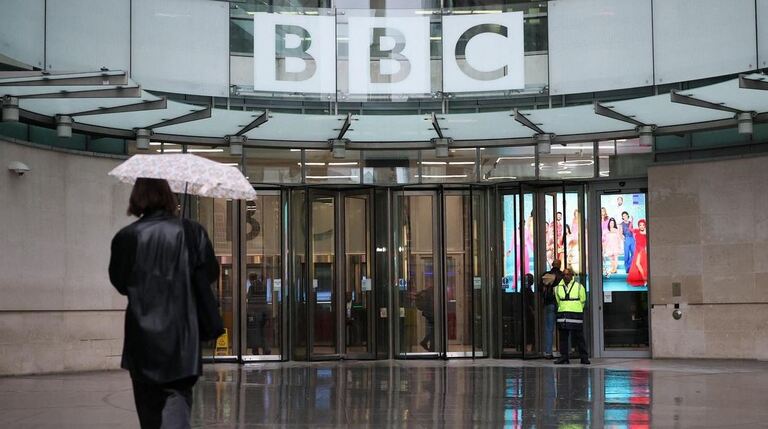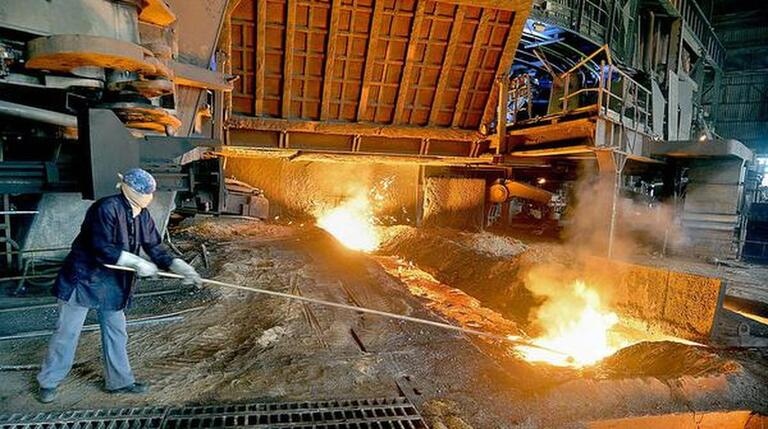
Canada’s commercial real estate market is facing a mix of cautious optimism and persistent uncertainty as the Bank of Canada cut its key policy rate by 25 basis points to 3 percent for the sixth consecutive time. While the move was widely anticipated by markets and economists, the central bank refrained from offering guidance on future rate changes, citing concerns over potential U.S. tariffs.
The decision has sparked a divided response within the real estate sector. While some experts anticipate a resurgence in investment activity, others remain wary of economic headwinds.
Market Reaction: Optimism vs. Caution
Kevin Meyler, partner and national leader of business restructuring and turnaround services at BDO Canada, acknowledged that the rate cut was expected but cautioned that challenges in the sector persist.
“There’s still a tremendous amount of uncertainty,” Meyler said. “Commercial real estate has been struggling for some time, and while this is somewhat factored into pricing, the sector will continue to face headwinds.”
Meyler cited several concerns, including consumer confidence in Canada and uncertainty surrounding possible trade policies under the U.S. administration.
“People are likely to wait and see how tariffs could impact the market before making big moves,” he added.
Avison Young Canada President Mark Fieder welcomed the rate cut as “good news” for commercial real estate but noted that many investors remain hesitant, particularly in light of possible U.S. trade restrictions.
“There’s still a degree of risk ahead due to the possibility of tariffs on Canadian goods,” Fieder warned. However, he expressed optimism for a market rebound in the latter half of the year, particularly in industrial and multi-family asset classes.
Tariff Uncertainty and Inflation Risks
Bank of Canada Governor Tiff Macklem has been working to bring inflation back within target levels, but he cautioned that a trade dispute with the U.S. could drive inflation higher, adding pressure to the Canadian economy.
Meyler also pointed to shifting workplace trends, such as hybrid work models, which have led to high vacancy rates in commercial real estate. While borrowing costs have eased, interest rates remain above pre-pandemic levels, making financing more difficult for some businesses.
Adam Jacobs, head of research at Colliers Canada, noted that investors are taking a cautious stance.
“Many are adopting a ‘wait-and-see’ approach due to ongoing geopolitical uncertainty,” Jacobs said. He observed a shift toward smaller deals, an increase in private investors, and growing interest from government and hospital buyers.
Despite multiple rate cuts, Jacobs pointed out that borrowing costs have not significantly changed in the past year, keeping investment decisions in limbo.
Opportunities Amid Uncertainty
Despite the challenges, some experts see opportunities. Michael Tsourounis, managing partner and chief investment officer at Hazelview Investments, remains optimistic about Canadian real estate, citing strong market fundamentals.
“Lower borrowing costs will improve liquidity, and we anticipate increased transaction activity, especially in multi-family housing,” Tsourounis said. He also noted that the rate cut could help boost much-needed housing supply.
Meyler agreed that current conditions could create acquisition opportunities for well-capitalized firms.
“Higher interest rates may push some properties onto the market, providing a chance for stronger balance-sheet companies to step in,” he said.
While uncertainties around tariffs and economic conditions remain, Meyler urged investors to take a long-term approach.
“There’s only so much real estate available, and historically, the market has rebounded,” he said. “If the price is right, it could be a strong investment opportunity.”
Looking Ahead
As Canada navigates economic uncertainty and potential U.S. trade tensions, investors are weighing risks against opportunities. While the rate cut provides some relief, concerns over inflation, tariffs, and financing costs continue to shape market dynamics. Experts agree that patience and strategic investment decisions will be key to navigating the evolving landscape.





